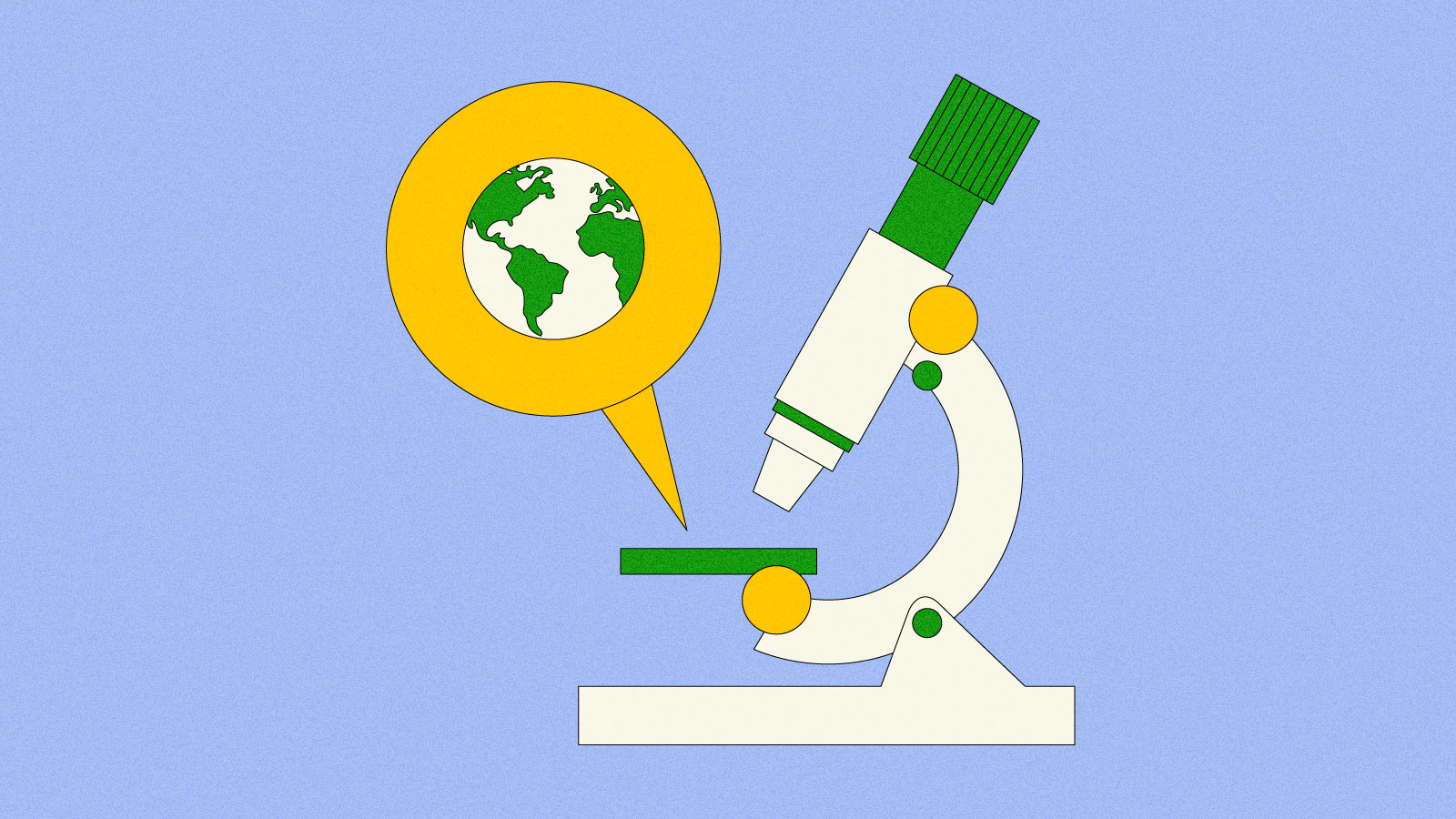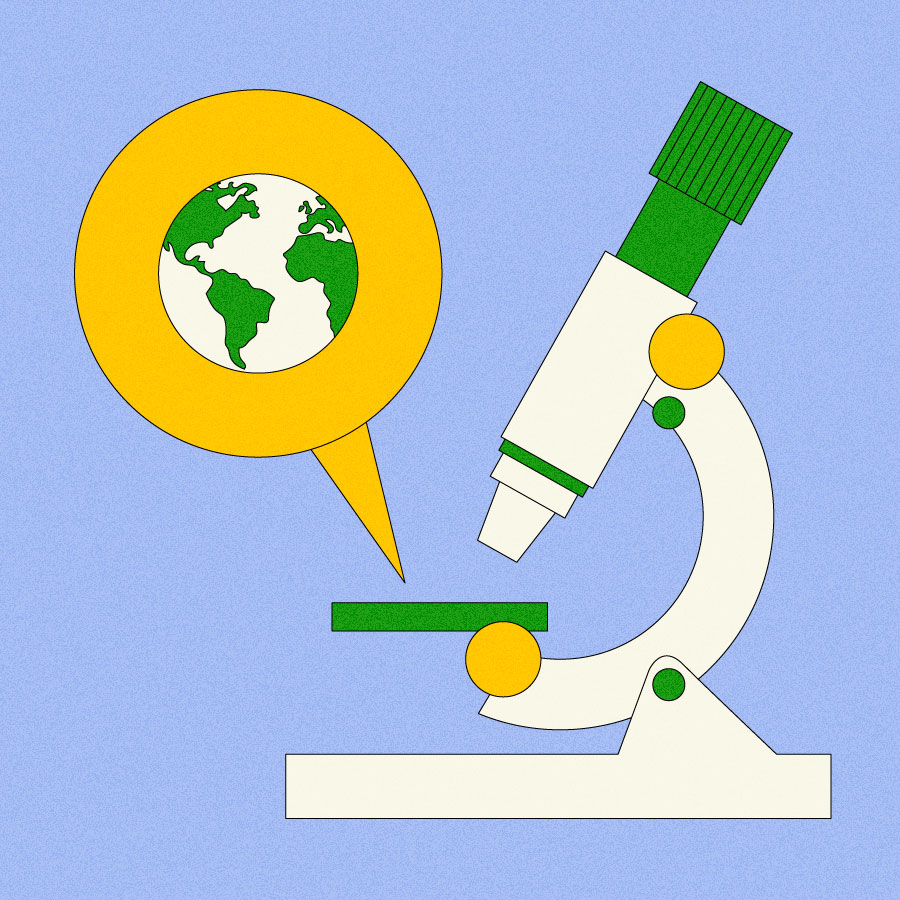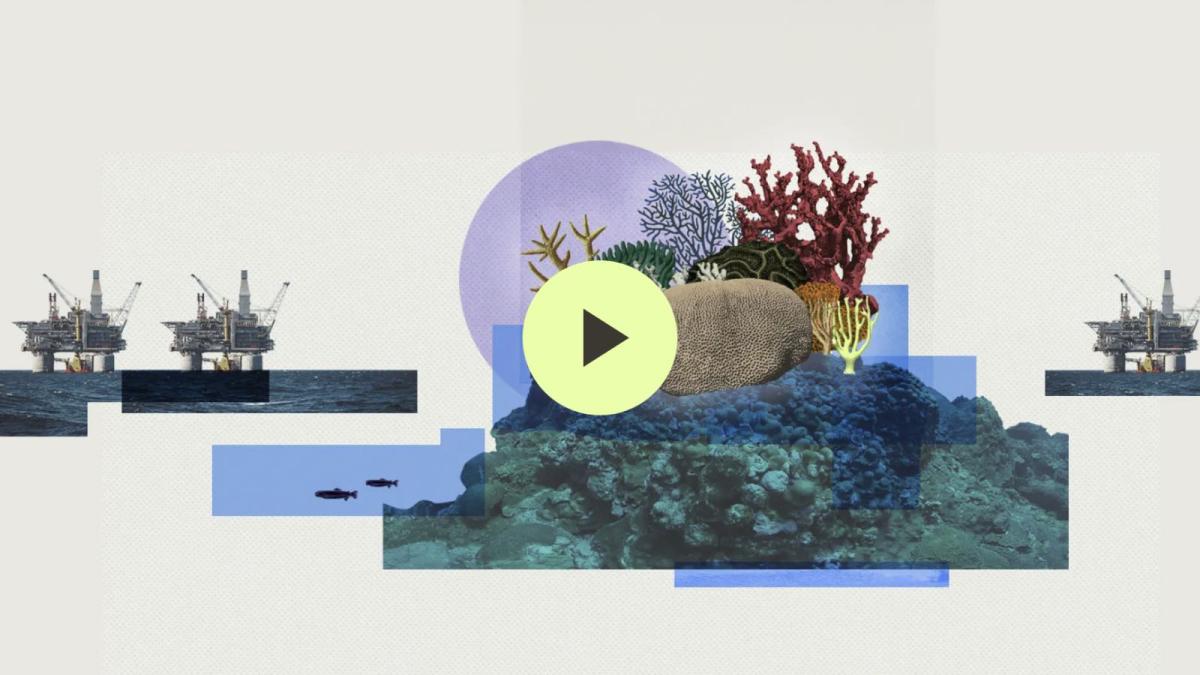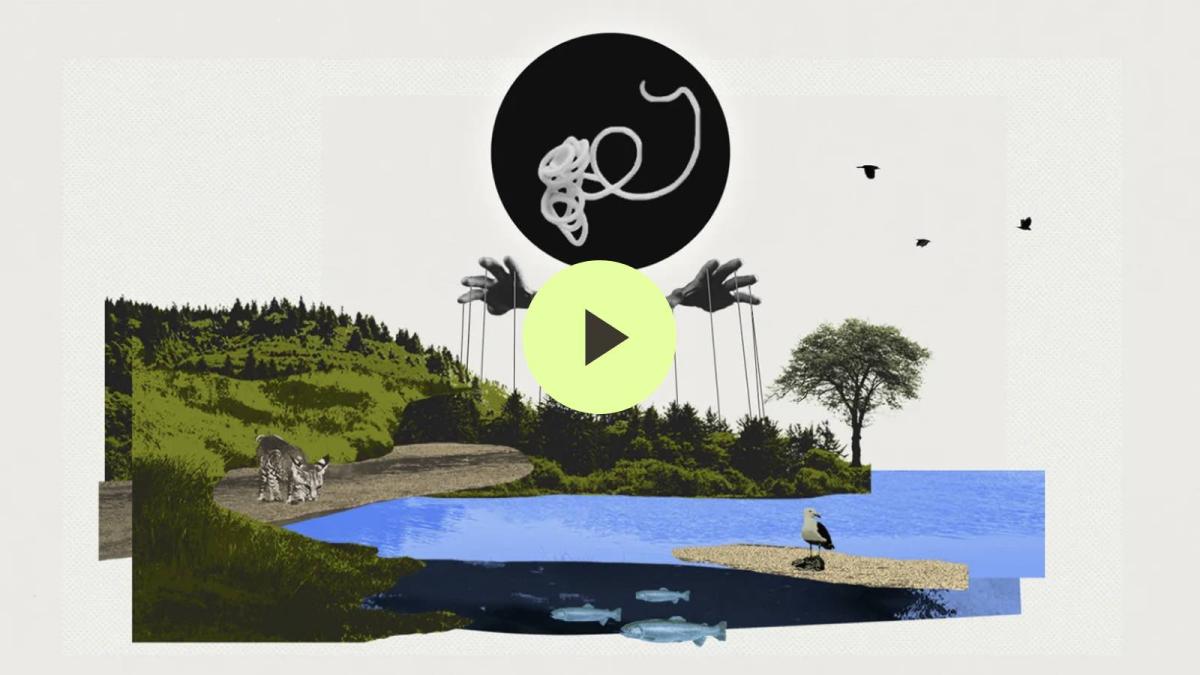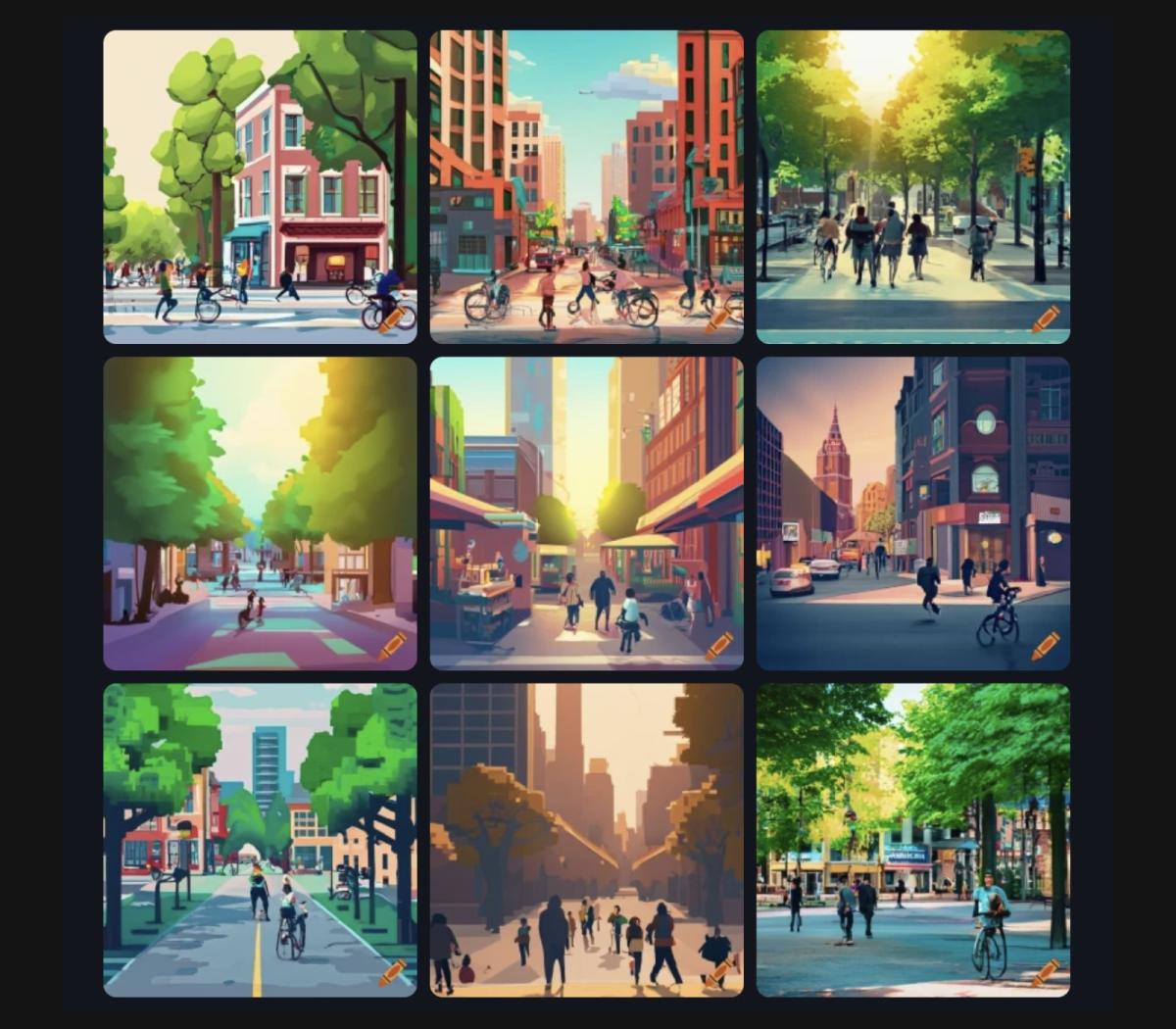The vision
“Denying climate change is tantamount to saying you don’t believe in gravity.”
— Christina Figueres, climate advocate and diplomat,
in her 2020 book The Future We Choose
The spotlight
How do we know that the climate is changing — and that humans are causing it? To a certain extent, we can see and feel it ourselves. New temperature and weather extremes are undeniable, and affect more and more places every year. And the greenhouse effect (the mechanism by which carbon dioxide and other greenhouse gases trap heat in the Earth’s atmosphere) is taught in many basic science classes. But when asked how they know that “climate change is real,” some people will respond simply that 99.9 percent of scientists agree that it is.
“For me, intellectually, that always felt like a little bit of a cop-out,” said Jesse Nichols, a video producer at Grist. Sure, it’s a compelling statistic, and there’s nothing wrong with putting our faith in the consensus of the scientific community. But Nichols also felt that understanding how scientists have come to this conclusion and supported it — sometimes in surprising ways — can be enlightening, and empowering.
“Something that always has really fascinated me is people who are able to uncover giant stories from tiny little pieces of evidence,” he said, “like environmental detective stories.”
That’s a large part of the ethos behind Proof of Concept, a video series created by Nichols that profiles the science and scientists behind some of the most surprising recent environmental research and discoveries. The videos take viewers from a lab at MIT to a primate research center in California to a museum basement in Seattle stocked with jars of centuries-old preserved fishes.
In one, Nichols interviews scientists studying one of the world’s healthiest coral reefs — the Flower Garden Banks, in the Gulf of Mexico, which also happens to be surrounded by offshore oil drilling.
Like trees, corals grow bands every year that enable researchers to date them — and to gain insight into what was going on in the ocean climate each year that the corals were growing. As Nichols says in his narration: “The legacy of oil extraction, carbon emissions, and climate change are quite literally etched on the hard skeletons of the corals themselves.”
These coral “time capsules,” as one scientist puts it in the video, are exactly the kinds of clues that Nichols was referencing when he likened scientific discovery to a detective story. By analyzing small scrapes of coral from each of the different bands, scientists have been able to track changes over time that align with world events. By looking at the carbon contained in the coral, they could see an increase in an isotope that’s associated with fossil fuel emissions — a clear sign that our planet’s rising carbon emissions are indeed caused by humans. Another finding was the increased presence of barium in the reef skeleton, an element that is often used as a lubricant in offshore oil wells.
“By analyzing the dust that you got from that coral skeleton, you could show that climate change was happening — or that oil had spiked in the Gulf of Mexico in the 1970s, or that fertilizer had been increasing from the Mississippi River, or that nuclear weapons testing had been happening throughout the Cold War,” Nichols said. “All of these world history events were visible inside the skeleton of a coral, and I thought it was so cool that scientists could tell such big stories from such tiny pieces of evidence.”
In another video from the series, Nichols talks with Chelsea Wood, a parasitologist. “I don’t think anyone is born a parasitologist — like, no one grows up wanting to study worms,” Wood jokes in the video. But when she learned about how biodiverse parasites in fact are, and the often crucial roles they play in ecosystems, it felt like she had discovered a whole new secret world. She decided to devote her career to studying parasite ecology, and how humans are impacting it.
Wood wanted to find out what had been happening in the world of parasites over the past 100 years of global change, and that data didn’t exist. So she figured out a way to get it. Much like the scientists at Flower Garden Banks used the historical record preserved in corals themselves to study how environmental changes have affected reefs, Wood found a historical record of parasites — in the bellies of fishes. She opened up jars of fish samples in the Burke Museum in Seattle dating back to the 1800s and dissected the fish to find out what kinds of parasites were living inside them.
“Chelsea was uncovering a completely overlooked story about how parasites were changing over the last century, using these fish samples that were collecting dust in a basement,” Nichols told me. One thing she and her team discovered is that complex parasites — ones that depend on biodiverse ecosystems with several different host species — have been steadily declining, and climate change is almost certainly the culprit.
The third follows Lisa Miller, a researcher at the California National Primate Research Center. In 2008, summer wildfires were blanketing Northern California with smoke — and Miller had an idea. A group of 50 rhesus monkeys had just been born at the center and, like everybody else in the area, they were exposed to the unusually high levels of wildfire smoke. She wondered if they could study these monkeys, compared with a control group born the next year, to learn more about the effects of early exposure to air pollution.
The scientists monitored the monkeys’ health through routine medical examinations like blood draws and CT scans, and also by equipping them with Fitbit-esque collars to monitor their physical activity. They found that the wildfire smoke led to lifelong health impacts. The exposed monkeys had weaker immune systems when they were young, which then turned to overactive immune systems when they were adults. They developed smaller and stiffer lungs than the control group, and didn’t sleep as well.
Because rhesus monkeys are genetically similar to humans, these findings have implications for human health as well. Long-term health studies in humans are notoriously difficult, because it’s all but impossible to control different environmental and lifestyle factors that complicate things. But the wildfire smoke that descended over the primate research center, a completely controlled environment, offered a unique opportunity to learn more about this climate impact.
“It really was, in my view, serendipity — in the sense that we were at the right place at the right time,” Miller says in the video.
The fourth and final video in this year’s series will publish tomorrow. Check out grist.org/video to watch it then!
As a sneak peek: The story looks at ribulose bisphosphate carboxylase/oxygenase, or RuBisCO — an enzyme that enables plants to pull carbon dioxide from the air to support photosynthesis, a process that in turn fuels all life on Earth. The twist is that RuBisCO is notoriously bad at its job, and climate change appears to be making it even worse. But scientists are working to engineer a new variety.
“I think that science in itself helps us know how the world works, and you can’t solve a problem if you don’t know how the system works,” Nichols said. “All of these are stories of people who are trying to get a clearer picture of what’s going on. And having a good picture of what’s going on, it’s kind of like having a map when you’re lost in the wilderness.”
— Claire Elise Thompson
A parting shot
In last week’s newsletter about the 15-minute city, we asked what you can walk to within 15 minutes of where you live. For fun, I put some of your answers into an AI image generator to see what our collective 15-minute city could look like. One thing I found interesting — even with my prompts, the generator struggled to conjure up a “city” without cars, and to fit many different specific features (a pizzeria, a taco truck, a bookshop, a church, an urgent care clinic …) into a single scene. But I’d still live here, I think. What about you?

